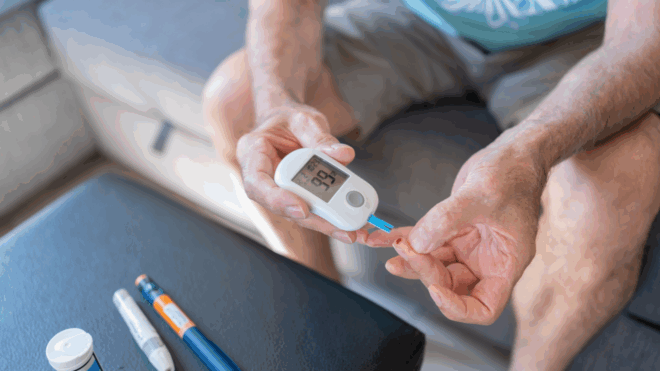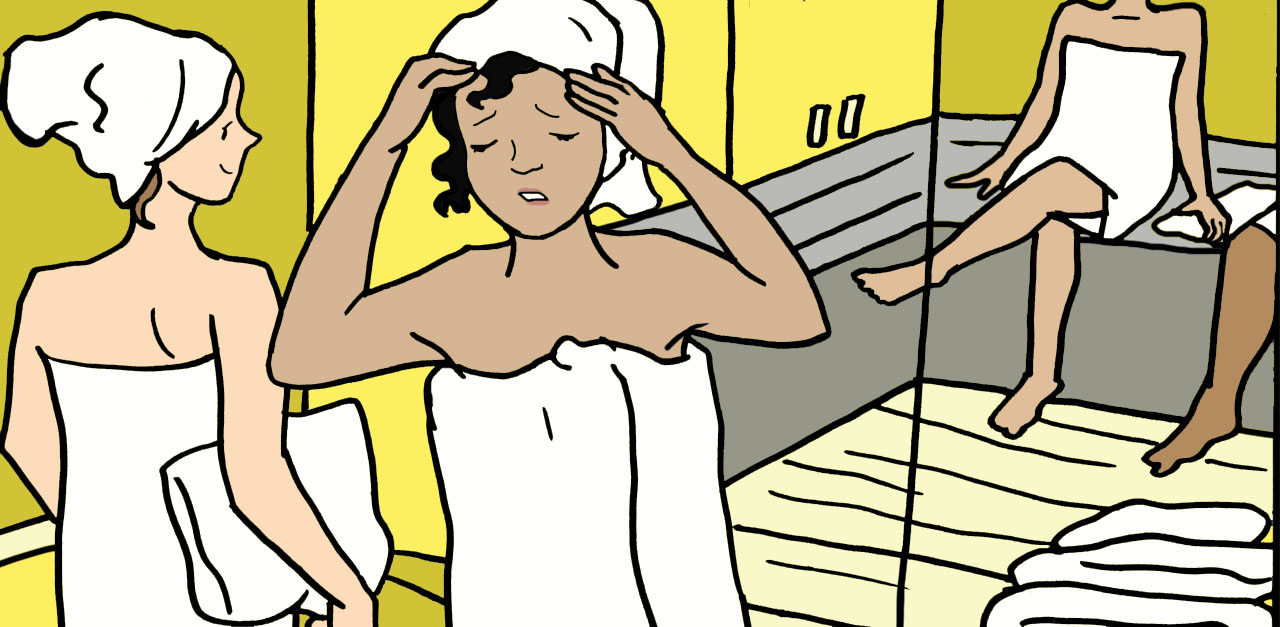
When I was a freshman in college, I went with a few of my friends to get piercings. I wasn't getting anything pierced, but my friend wanted to get a nose ring.
Another friend came with us, and we were all excited. As soon as the needle pierced my friend's nose, though, my second friend started to look really pale. Her knees suddenly gave out from under her and she fell to the floor.
Luckily, someone who worked there caught her, and she immediately came back to consciousness. Still, it was quite scary, especially because none of us were expecting it!
My friend wasn't someone who fainted often, and she'd never fainted at the sight of blood before.
Apparently, what happened to her was something called "vasovagal syncope." Have you heard of vasovagal syncope? I certainly hadn't.
Continue reading below to find out more about the symptoms of this condition.
Thumbnail Photos: Morgan Swofford for LittleThings
What Is Vasovagal Syncope?
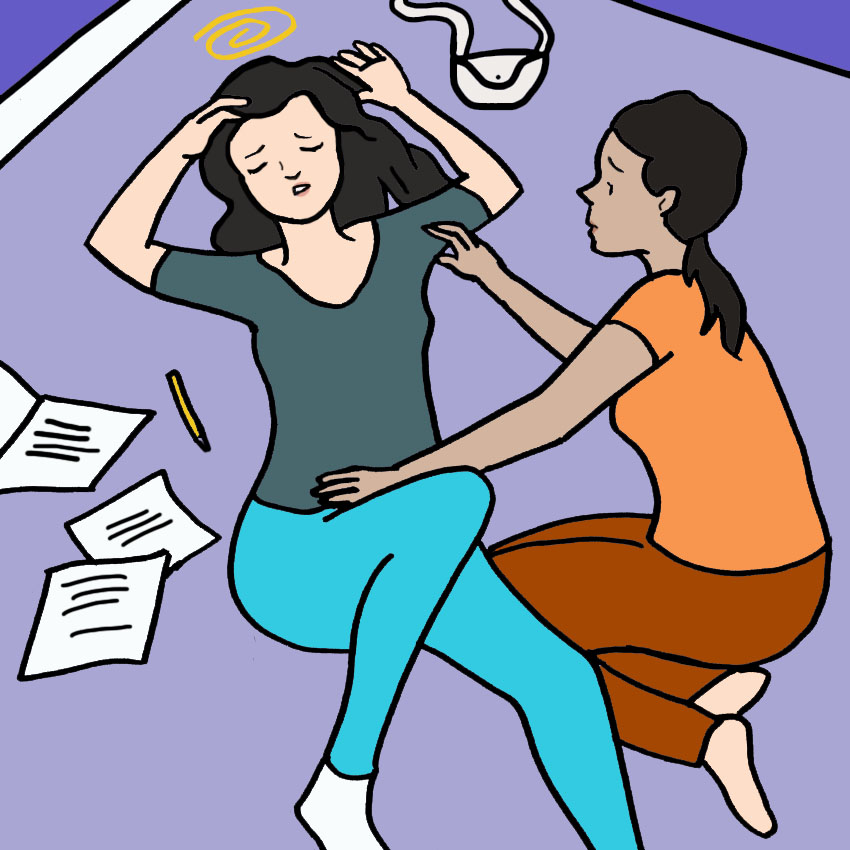
According to the Mayo Clinic, vasovagal syncope "occurs when you faint because your body overreacts to certain triggers, such as the sight of blood or extreme emotional distress. It may also be called neurocardiogenic syncope."
Vasovagal syncope can trigger your blood pressure and cause your heart rate to drop, which might make you briefly pass out.
What Triggers Vasovagal Syncope?

For different people, vasovagal syncope may be triggered by different things.
Many people are triggered by blood or other injuries, while others are triggered by emotional distress. You may also experience vasovagal syncope if you stand for long periods of time or strain yourself physically.
Symptoms Of Vasovagal Syncope #1: Feeling Strangely Warm Or Cold
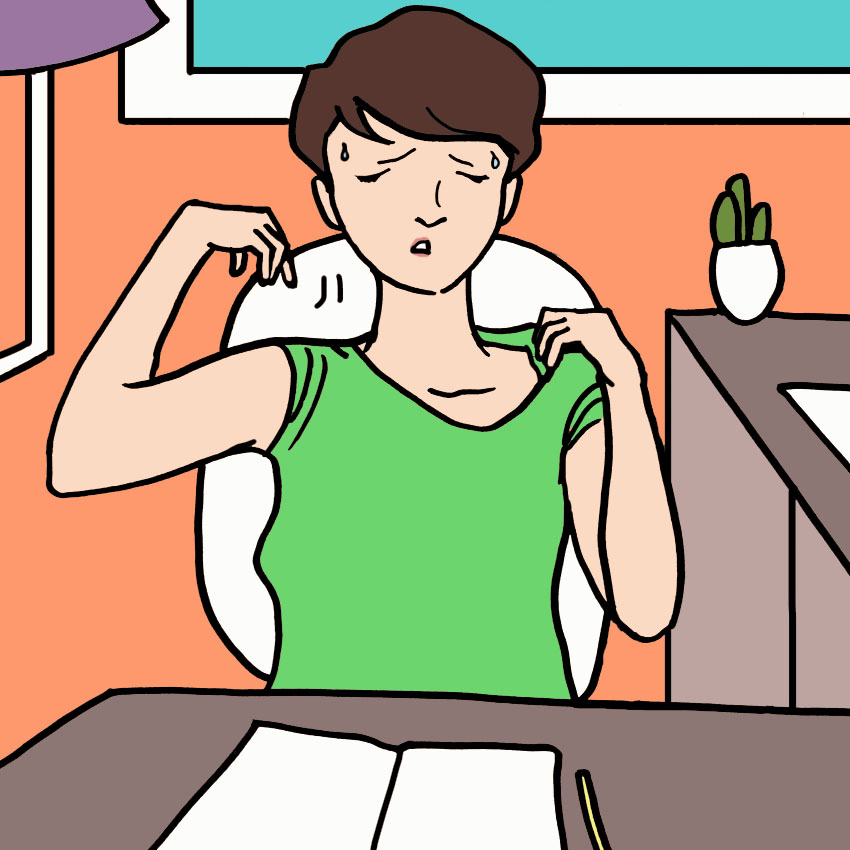
One of the symptoms of vasovagal syncope that occurs before fainting is feeling oddly warm or cold.
You may feel warm as your heart rate and blood pressure changes, but you may also feel cold, clammy, and sweaty.
#2: Lightheadedness
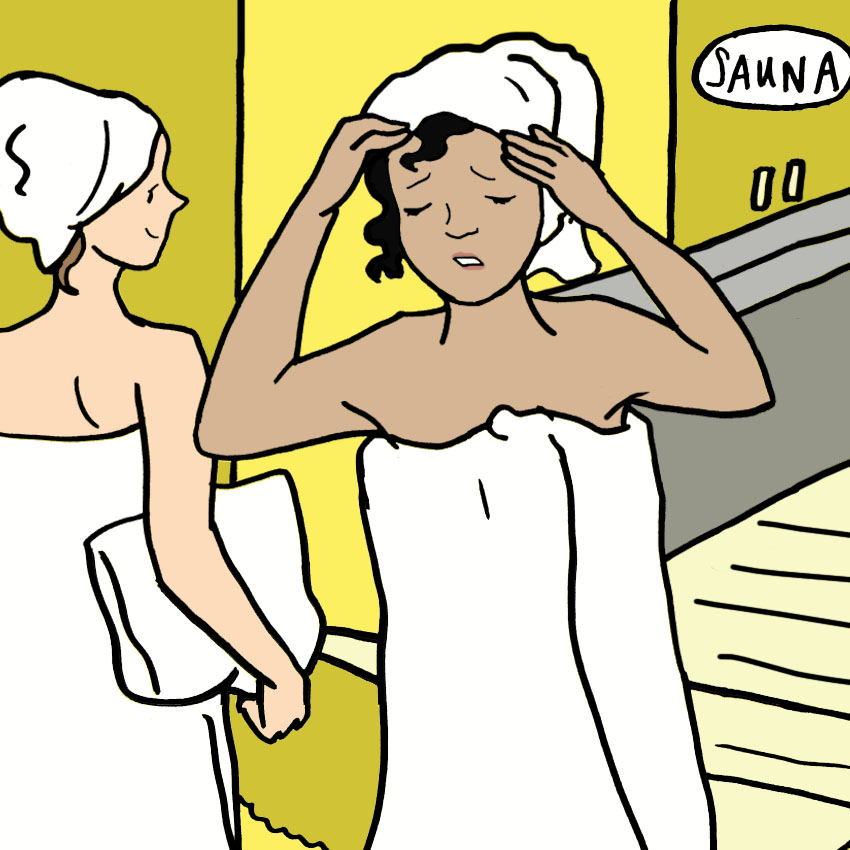
One of the most common symptoms before fainting is feeling lightheaded.
Some people will experience this as dizziness, while others just feel "out of it."
#3: Blurred Vision Or Tunnel Vision
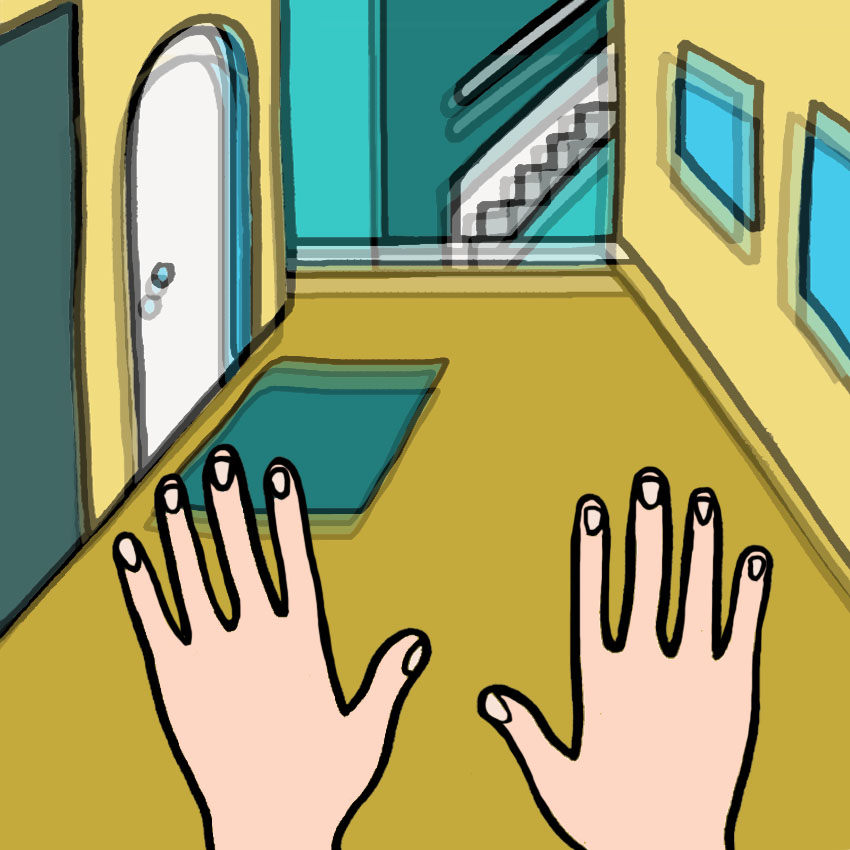
Another symptom of vasovagal syncope is issues with vision.
If you have blurred vision or tunnel vision — which is when your field of vision narrows — it could be a sign that you're going to faint.
#4: Pale Skin
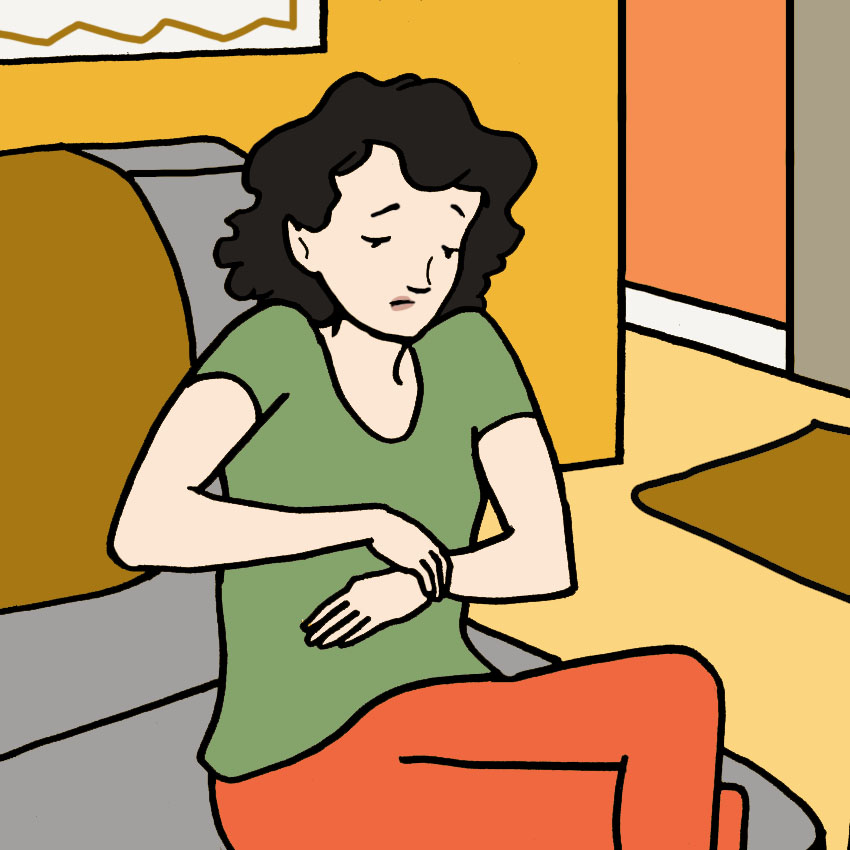
As the blood drains from your brain and head, you may become pale, especially around your face.
This is why people say they "turn white" before fainting.
#5: Nausea
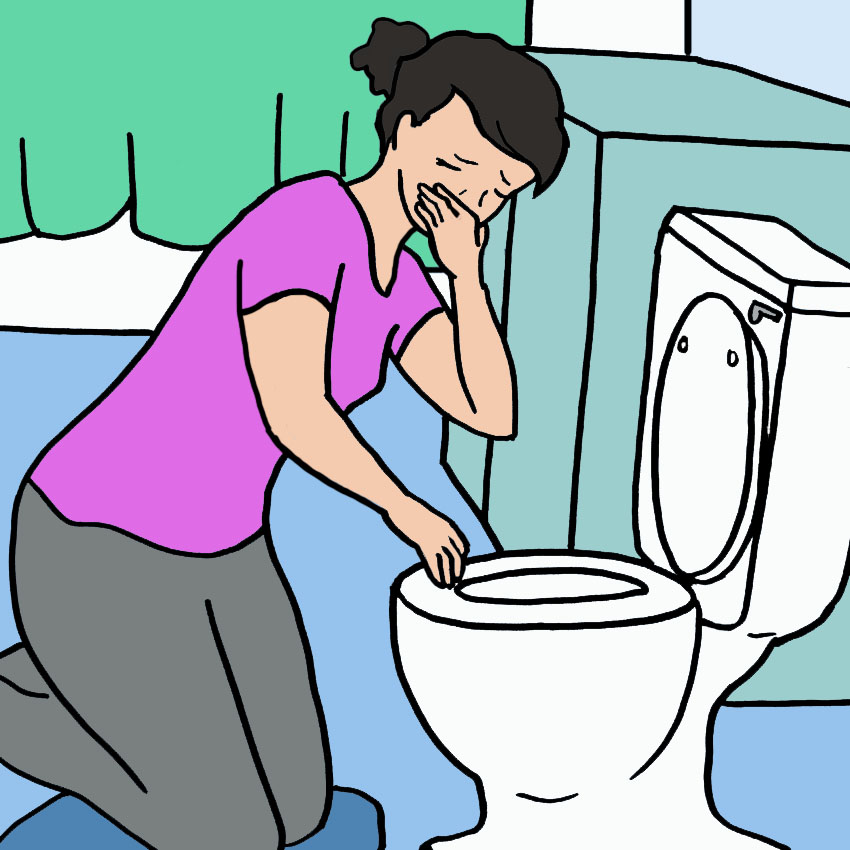
Before fainting, you may feel nauseous, or even vomit.
Some people may also feel ill while recovering from an episode.
#6: Yawning

Another sign that a vasovagal syncope episode may be coming on is if you start yawning a lot.
As you try to get more oxygen to your brain, you might yawn in order to get more air.
What To Do If You're Having An Episode
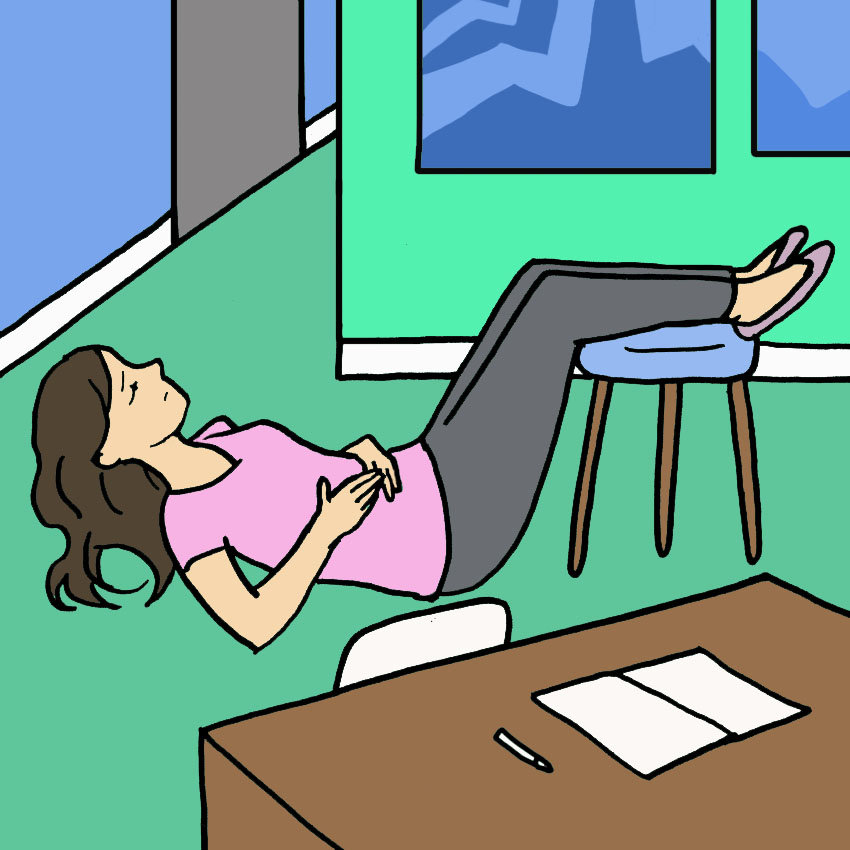
If you feel like you may faint, you should lie down and raise your legs into the air. This will get more blood to rush to your head.
If you aren't able to lie down, sit somewhere and put your head between your knees.
When To See A Doctor
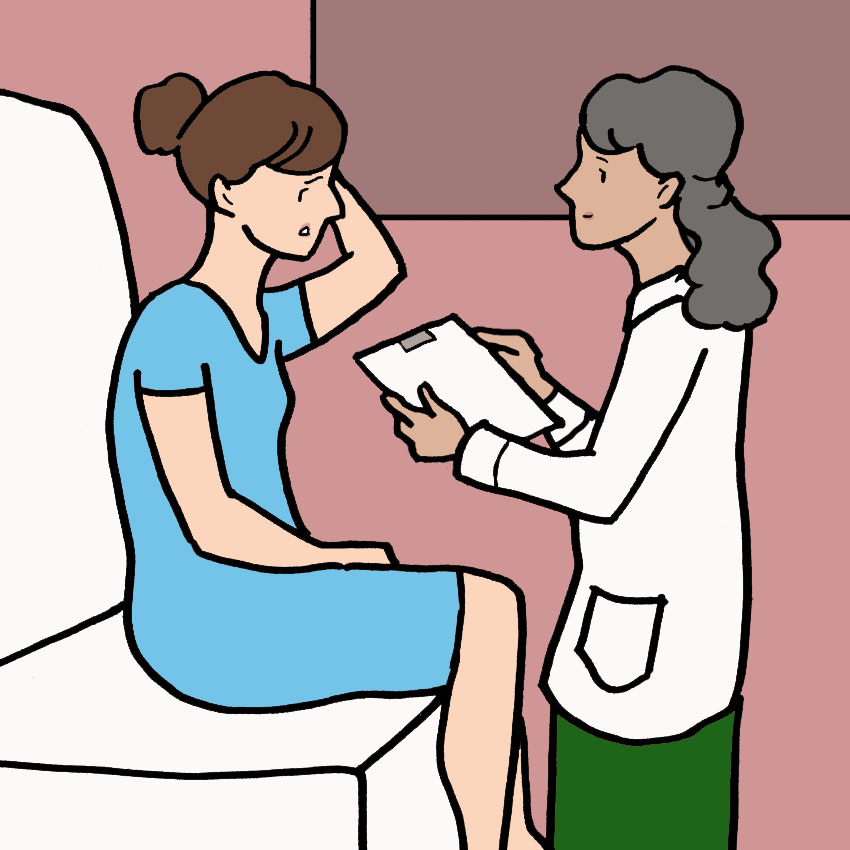
Unfortunately, fainting can be a sign of a more serious illness or disorder. If you faint and you've never fainted before, you should meet with your doctor.
You should also see a doctor if you faint regularly.
Please SHARE this article to inform more people about vasovagal syncope!



